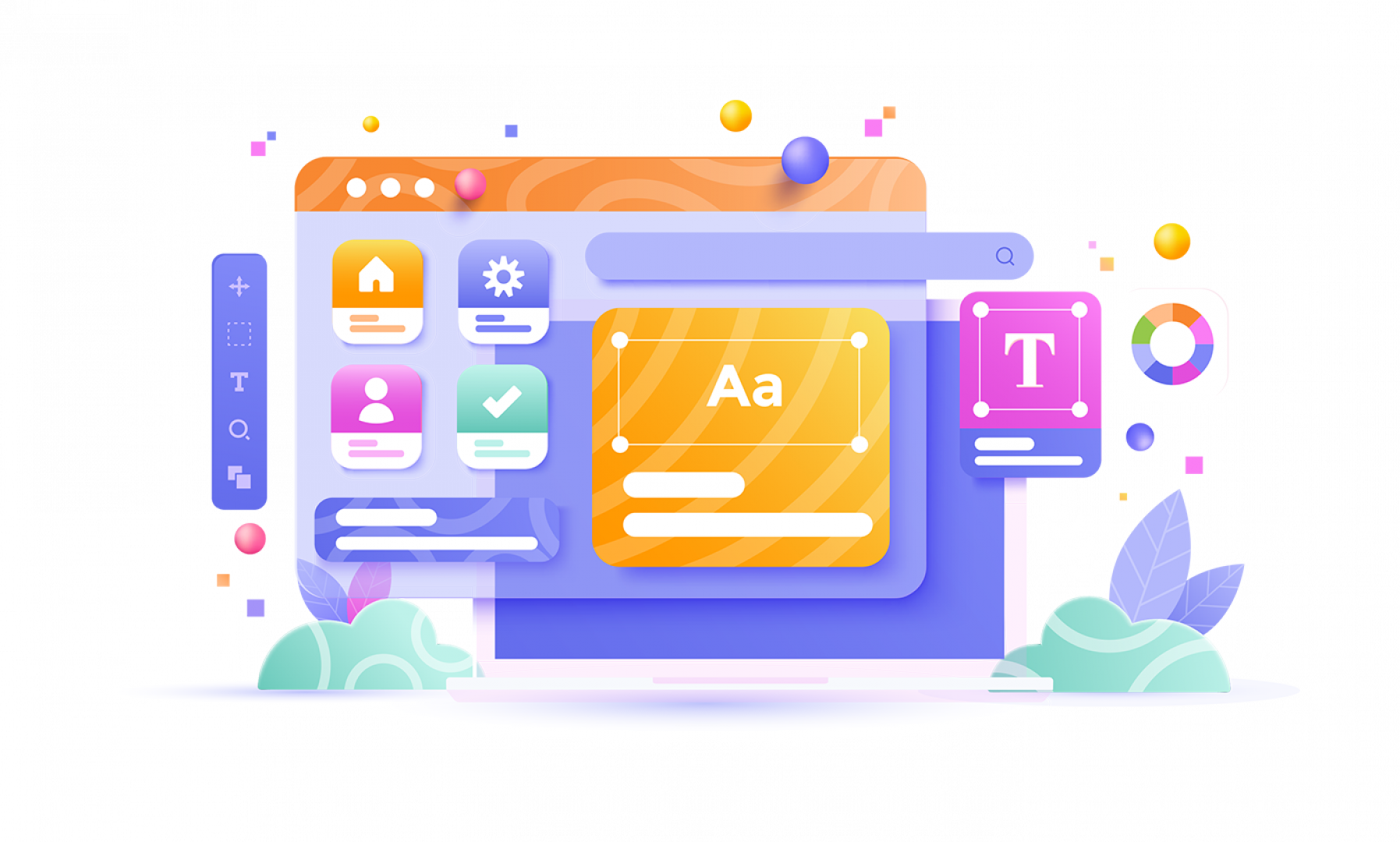
What is accessibility, and why is it important for a website

Accessibility is a critical component of a website's design, as it ensures that everyone, regardless of their physical, sensory, or cognitive abilities, can use the site. In this article, we'll discuss what accessibility is and why it's important for a website. We'll also delve into the various elements that contribute to website accessibility, as well as the best practices for creating an accessible website.
What is Accessibility?
In the simplest terms, accessibility refers to the ability of a person to access something. In the context of website design, accessibility means that individuals with disabilities can access a website and its content with ease, without encountering any barriers that would prevent them from doing so.
The concept of website accessibility goes beyond people with disabilities. It also includes individuals who might have temporary disabilities, such as a broken arm, as well as those who might be experiencing environmental factors, such as bright sunlight or loud background noise, that could affect their ability to use the website.
Why is Accessibility Important for a Website?
Accessibility is important for a website for several reasons. First and foremost, it ensures that everyone, regardless of their physical, sensory, or cognitive abilities, can use the site. This not only ensures that the site is inclusive, but it also helps the site's owners reach a broader audience.
Additionally, accessibility is a legal requirement in many countries. For example, in the United States, the Americans with Disabilities Act (ADA) requires that all digital content, including websites, be accessible to individuals with disabilities. Failure to comply with the ADA can result in significant legal consequences.
Finally, creating an accessible website is simply good business. By ensuring that the website is accessible to all individuals, companies can reach a broader audience, increase customer loyalty, and improve their brand reputation.
Elements of Website Accessibility
There are several elements of website accessibility that are crucial to ensuring that a site is accessible to all individuals. These include:
- Text alternatives for non-text content - this ensures that individuals who are blind or have low vision can understand the information presented on the site.
- Captions and transcripts for video and audio content - this ensures that individuals who are deaf or hard of hearing can access the information presented in videos and podcasts.
- Keyboard accessibility - this ensures that individuals who have mobility impairments can navigate the site using a keyboard instead of a mouse.
- Clear and consistent navigation - this ensures that individuals can easily find the information they need on the site.
- Contrast and colour - this ensures that individuals with visual impairments can read the content on the site.
- Responsive design - this ensures that the site can be accessed on a variety of devices, including smartphones and tablets.
Best Practices for Creating an Accessible Website
When creating an accessible website, it's important to follow a set of best practices. These include:
- Use semantic HTML - this ensures that assistive technologies can properly understand the content of the site.
- Provide alternative text for images - this ensures that individuals who are blind or have low vision can understand the information presented in images.
- Use descriptive link text - this ensures that individuals can understand the purpose of a link without having to click on it.
- Ensure that all content can be accessed without a mouse - this ensures that individuals with mobility impairments can navigate the site.
- Use colour with care - this ensures that individuals with visual impairments can still access the content on the site.
- Design forms for accessibility - this ensures that individuals with disabilities can complete forms on the site.
- Make sure that content is easily understandable - this ensures that individuals with cognitive disabilities can understand the information presented on the site.
- Test the site for accessibility - this ensures that the site is accessible to individuals with disabilities.
By following these best practices, website owners can ensure that their site is accessible to all individuals, regardless of their physical, sensory, or cognitive abilities.
FAQs
1. How do I know if my website is accessible?
There are a variety of tools and services available that can help you test the accessibility of your website. These include accessibility checkers, screen readers, and keyboard testing tools. Additionally, you can hire an accessibility consultant to review your site and provide recommendations for improving accessibility.
2. What are some common accessibility barriers on websites?
Common accessibility barriers on websites include lack of alternative text for images, videos or audio content without captions or transcripts, lack of keyboard accessibility, lack of clear and consistent navigation, and insufficient colour contrast.
3. How can I make my website more accessible?
There are several steps you can take to make your website more accessible. These include using semantic HTML, providing alternative text for images, using descriptive link text, ensuring that content can be accessed without a mouse, using colour with care, designing forms for accessibility, making sure that content is easily understandable, and testing the site for accessibility.
4. What are the legal requirements for website accessibility?
The legal requirements for website accessibility vary by country and region. In the United States, the Americans with Disabilities Act (ADA) requires that all digital content, including websites, be accessible to individuals with disabilities. In the European Union, the Web Accessibility Directive requires that all public sector websites and mobile applications meet certain accessibility standards.
5. Can website accessibility improve my website's SEO?
Yes, website accessibility can improve your website's SEO. Search engines like Google prioritize websites that are accessible to all individuals, and accessible websites are more likely to be shared and linked to by other websites. Additionally, accessible websites are more likely to have a lower bounce rate, which can improve your website's search engine rankings.
Conclusion
Accessibility is an essential component of website design that ensures that everyone, regardless of their physical, sensory, or cognitive abilities, can access a website and its content. Creating an accessible website is not only a legal requirement in many countries, but it's also good business. By following best practices for creating an accessible website, website owners can ensure that their site is accessible to all individuals, and improve their SEO, reach a broader audience, increase customer loyalty, and improve their brand reputation.
Build your site in 60 seconds with AI
Limecube's AI Website Builder can get you up and running fast!
Tell us about your website, choose a colour palette and BOOM! It's done!
Is Your Business AI Ready? Simple Steps You Can Take Today
Posted on: 25 June, 2025
The AI Revolution: Is It Really Right for Your Small Business?
Artificial intelligence has become th.....
Read more
V10.7.2 - Released
Posted on: 28 October, 2025
Discover Limecube's latest release
Below is a list of release notes covering what is new and improve.....
Read more
SUBSCRIBE TO OUR NEWSLETTER
Subscribe to receive updates on new features, themes, tips and tricks to make your website better.
We promise not to spam you! :)
View our privacy policy here.


